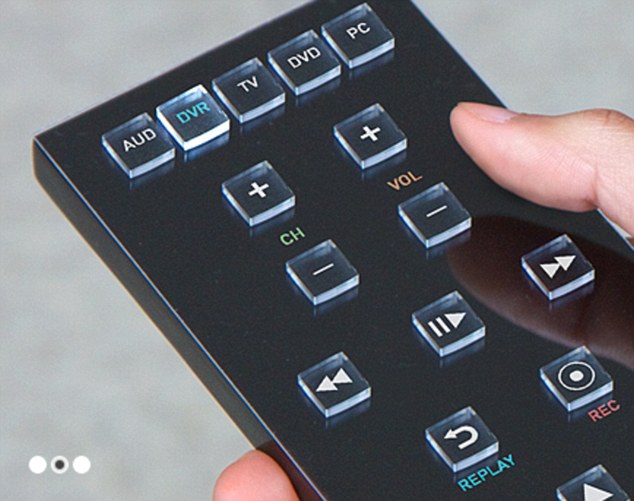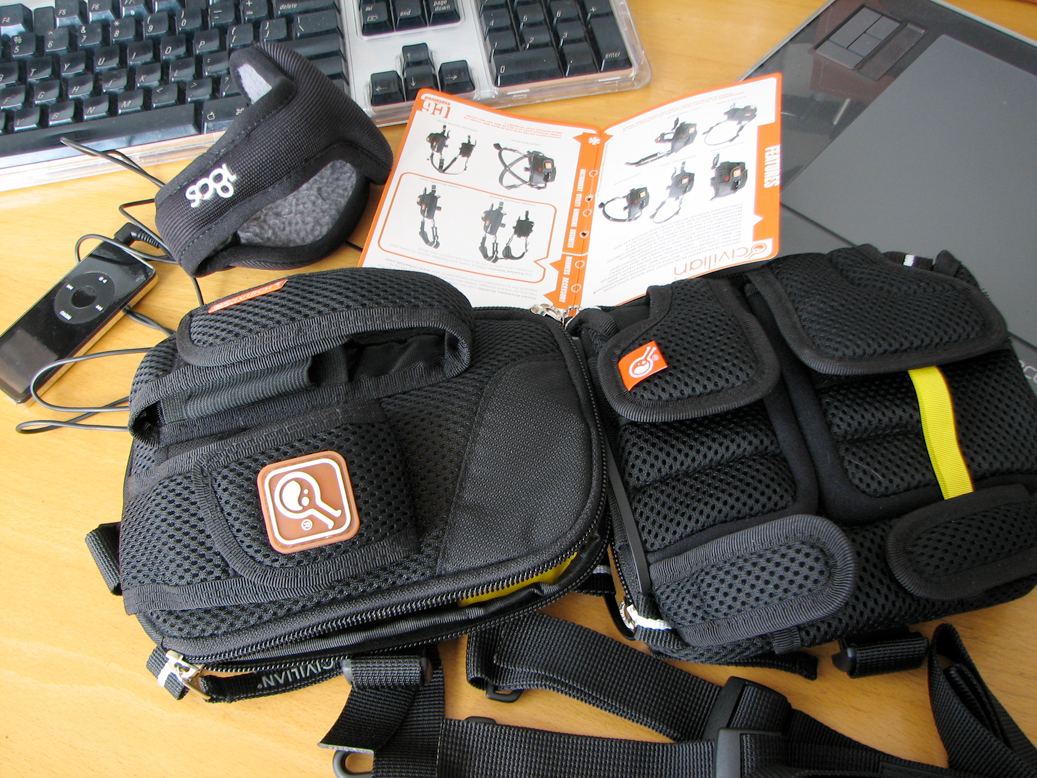No true pandora Scotsman will ever support a unit that isn't a brick with SD slots. In fact they were for modularity before they were against it. To many, the Tactus signals the endtimes even though its raised buttons draw no additional power, the technology's potential with knobs would still mean devices are too tablety and mainstream, and we know all about how knobs hate the mainstream (even those that go all the way to eleven).
Anyone who's struggled with fingers skating over today's touchscreens may be in for a relief - future generations of phones and tablets could offer real, transparent buttons that pop up out of the screen on demand.
Californian start-up Tactus has developed a sheet of transparent buttons that rise up out of a touchscreen and disappear.
The company claims that the sheet only takes up the same amount of room as the layer of transparent glass in current touchscreens.
 Tactus's technology in action: Future generations of phones could offer real, transparent buttons that pop up out of the screen on demand
Tactus's technology in action: Future generations of phones could offer real, transparent buttons that pop up out of the screen on demand
 A Californian start-up has developed a sheet of transparent buttons that rise up out of a touchscreen, and claims that the sheet only takes up the same amount of room as the layer of transparent glass in current touchscreens
A Californian start-up has developed a sheet of transparent buttons that rise up out of a touchscreen, and claims that the sheet only takes up the same amount of room as the layer of transparent glass in current touchscreens
The technology could be used in tablets, phones and remote controls - and could even allow for touchscreens that can be played with the same precision that people use musical instruments.
Tactus describes its technology as a 'world first' that aims to address the shortcomings of touchscreen control.
'What if buttons could morph out of the surface of your device?,' says the company.
'Tactus provides a new dimension to touchscreens by enabling real, physical buttons that rise up from the surface on demand, and then recede back into the screen, leaving a perfectly flat, transparent surface when gone.'
More...
Modern touchscreens are built of different ultra-thin layers of material - and Tactus claims that its Tactile Layer is as thin as the 'cover glass' currently used, and would require no change to the screens or sensors underneath.
With the buttons enabled, users can push and type or rest their fingers as they would with any physical button or keyboard.
When the buttons are disabled, they recede into the screen, becoming invisible and leaving a smooth, seamless flat touch-screen with maximum viewing area.
 The technology could be used in tablets, phones and remote controls - and could even allow for touchscreens that can be played with the same precision that people use musical instruments
The technology could be used in tablets, phones and remote controls - and could even allow for touchscreens that can be played with the same precision that people use musical instruments
Tactus claims that its technology is a natural 'step beyond' the current vibration-based feedback - known as 'haptics' - used in touchscreens.
It also claims that it allows users to use touchscreens more precisely, knowing by touch where the buttons are.
'This is not a trick of your senses using vibration or stimulation, but rather real physical buttons that rise out of the surface of the screen,' says Tactus.
http://youtu.be/bwbO2JvW6lE
Californian start-up Tactus has developed a sheet of transparent buttons that rise up out of a touchscreen and disappear.
The company claims that the sheet only takes up the same amount of room as the layer of transparent glass in current touchscreens.


The technology could be used in tablets, phones and remote controls - and could even allow for touchscreens that can be played with the same precision that people use musical instruments.
Tactus describes its technology as a 'world first' that aims to address the shortcomings of touchscreen control.
'What if buttons could morph out of the surface of your device?,' says the company.
'Tactus provides a new dimension to touchscreens by enabling real, physical buttons that rise up from the surface on demand, and then recede back into the screen, leaving a perfectly flat, transparent surface when gone.'
More...
Modern touchscreens are built of different ultra-thin layers of material - and Tactus claims that its Tactile Layer is as thin as the 'cover glass' currently used, and would require no change to the screens or sensors underneath.
With the buttons enabled, users can push and type or rest their fingers as they would with any physical button or keyboard.
When the buttons are disabled, they recede into the screen, becoming invisible and leaving a smooth, seamless flat touch-screen with maximum viewing area.

Tactus claims that its technology is a natural 'step beyond' the current vibration-based feedback - known as 'haptics' - used in touchscreens.
It also claims that it allows users to use touchscreens more precisely, knowing by touch where the buttons are.
'This is not a trick of your senses using vibration or stimulation, but rather real physical buttons that rise out of the surface of the screen,' says Tactus.
http://youtu.be/bwbO2JvW6lE
Last edited by a moderator:




